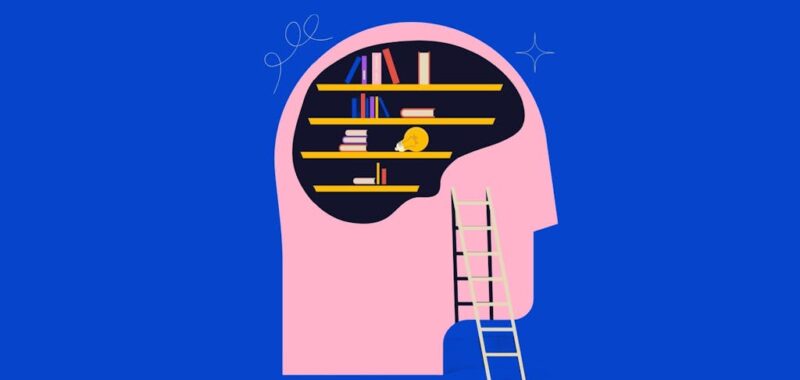A couple of years ago, as schools that had been forced to go virtual due to the coronavirus pandemic began to bring students back on campus, Pedro Olvera noticed that his phone started ringing more.
Olvera spent much of his career as a school psychologist in Santa Ana Unified School District, just a stoneâs throw from Disneyland, where about 40 percent of students are English learners who speak Spanish.
Heâs now a school psychology clinical manager at the staffing agency BlazerWorks, where he works with school districts to help them fill their school psychologist positions. Thatâs a task thatâs getting harder for districts everywhere, he says, as the demand for student mental health support increases while the pipeline of qualified clinicians remains bottlenecked.
But the school districts that are reaching out to Olvera for help need an even rarer creature â bilingual school psychologists who can evaluate Spanish-speaking children for special education needs.
Thatâs because, leaders tell Olvera, schools that never needed this type of professional before are seeing an influx of English learners, in districts in states like Louisiana, Iowa and Colorado.
Beyond that, itâs inherently high stakes to determine whether a child needs special education services or more language support. Schools donât want to misclassify a student with special needs as one who needs more help learning English, or for a child who simply needs support with English to be placed in special education.
Adding a language barrier between a child and school psychologist makes the evaluation more complex, Olvera says.
âItâs always been a challenge. Are learning difficulties due to differences, meaning due to language, or disorder?â Olvera says. âThatâs always been a challenge, given that when you look at these nationwide scores, kids who are English learners tend to have these gaps in achievement.â
What Makes The Job Different?
While school psychologists have standard tests they can use to determine if a child needs special education services, Olvera says thereâs a lot more to the process than one assessment. They need to know how language affects learning â or how trauma does, if the child is a refugee. The psychologist will also talk to a studentâs parent about the childâs behavior at home.
âIf we were to add another layer, itâs that cultural variable,â Olvera says. âDealing with children that may be from Central America, South America, Asia, and understanding how that culture also comes into play with your assessments. What if thereâs items on the assessment that are not familiar with the kidâs culture? How do you take account of that?â
Monica Oganes is a licensed school psychologist with 20 years in the field and has worked with the National Association of School Psychologists on trainings about evaluating multilingual learners for special needs.
She says the dearth of bilingual school psychologists has long been a problem, and it resurfaces each time the U.S. experiences an increase in immigration.
Thatâs why sheâs a proponent of school psychologists, regardless of their own language abilities, getting trained to evaluate multilingual children. Even professionals who are bilingual in English and Spanish will face a language barrier if they are called to evaluate a child who speaks one of the hundreds of other languages spoken by families in the U.S.
Like Olvera, Oganes says there are simply more intricacies when it comes to evaluating an English learner for possible special needs. It starts with how the child arrived in the country.
âBasically all immigrant children have stress, but some have significant trauma because, in their home country, maybe they were exposed to traumatic events that caused them to leave their country,â Oganes explains, such as gang violence or the death of a parent. âSometimes trauma creates behaviors. Weâve had children referred for autism evaluations, and when I got to evaluation, theyâre severely traumatized by their situation. [Thatâs why] theyâre not socializing.â
Immigrant children may have had fewer opportunities to attend school or come from countries where public education is lower quality than in the U.S., she adds.
âNot only are they learning in a second language, but their literacy may not be up to par, their math may not be up to par,â Oganes says. âIf the quality of education is not up to par, it doesnât necessarily mean they have a learning disability or a disability period.â
School psychologists working with multilingual learners have to be well-versed in how trauma affects brain development, she adds, namely in the hippocampus that regulates emotions and memory. But simply being bilingual and learning in multiple languages affects the brain, too.
âThere are some languages that do not have plurals, so now theyâre making errors in reading and writing,â Oganes offers as an example. âDoes that have to do with orthography differences? Because your brain processes with your native language manifesting first, and the brain has to suppress the native language to produce the second language. That could take five to seven years from the time they enter the school.â

